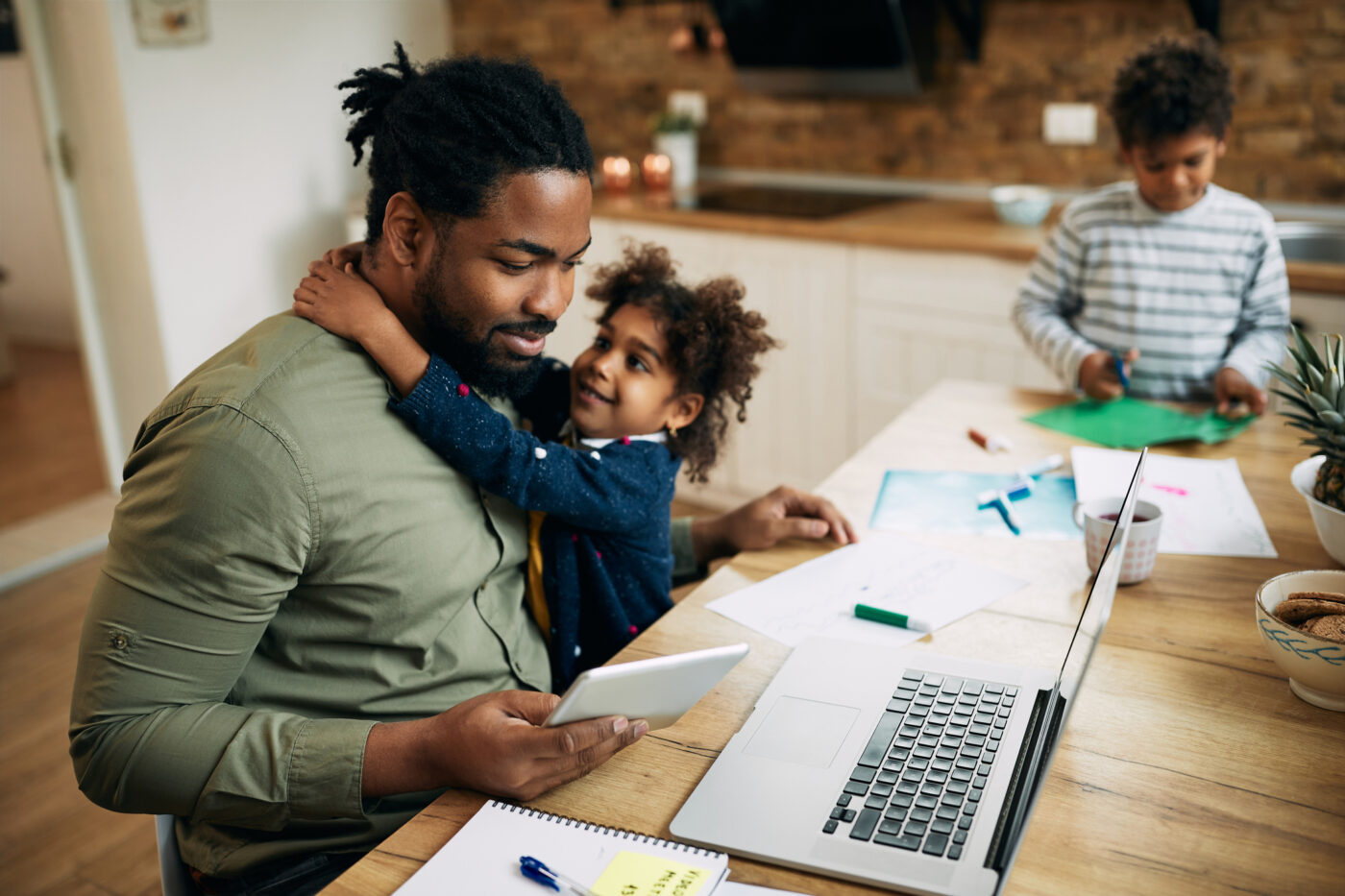One of my all-time favorite movies is The Sandlot. Young Scott Smalls moves to a new neighborhood. His mom encourages him to get out, make friends, and even “get into a little trouble.” The movie is based on Scotty and his friends’ adventures on and off the baseball sandlot. While I would never tell my kids to get into trouble, I get it. When I see my kids lying around inside on devices, it drives me nuts.
It turns out, kids not having unstructured time should drive all dads nuts. Just to be clear, we’re defining unstructured playtime as a time of no technology that is child-led and undirected by adults. Of course the definition of playtime varies by age, but in his book The Anxious Generation: How the Great Rewiring of Childhood Is Causing an Epidemic of Mental Illness, Jonathan Haidt explains how important unstructured playtime is to a child’s development. Here are 6 ways to encourage our kids to have unstructured playtime.
1. Reduce scheduled activities.
When our kids were younger, we decided to allow them to do only one activity or sport at a time. It gave us more time as a family and gave our kids time to be kids. Our kids are good friends now, and I think it is, in part, because they had unstructured time to play together.
2. Designate unstructured playtime.
Setting a specific time for your kid to direct his or her creativity and interests will greatly increase the chance of it happening. What works for your kid? Start small if you have to—just start. For example, do 30 minutes after school, one hour before dinner, or on Saturday morning. If there is no time in their schedule, you may want to consider point one above.
3. Provide open-ended toys and materials.
During the pandemic, my oldest son did something I still can’t believe. He gave his Play Station to his sister so he could teach himself to play the guitar with the help of YouTube. And he did it! His brother followed his example, and now they play together. While we want unstructured playtime to be self-led, providing open-ended toys and materials can prime the creative pump. Depending on your kid’s age and interests, think about providing things like blocks, playdough, art supplies, sporting equipment, musical instruments, writing supplies, construction sets, cardboard boxes, science kits, board games, and puzzles.
4. Offer safe outdoor spaces.
Jonathan Haidt nails it when he points out that parents are “often hyper-aware of ‘stranger danger,’ fearing random abductions. While that is a valid concern, the internet exposes kids to a constant stream of strangers often with less parental oversight than a situation where a child might be playing outside in their neighborhood.” As much as you can allow your child to enjoy the great outdoors, from sidewalk chalk to building a clubhouse in the woods, give your kid the chance to do what most of us got to do: play with some freedom.
5. Step back and observe.
The most difficult part of unstructured play time is might be not intervening with suggestions and improvements. Allow your kids to appropriately struggle with siblings and friends. Allow them to be bored as they are learning how to have unguided play. Allow them to do something in an inefficient or “wrong” way. They will start to learn to manage their own stress, imagination, and social skills. It may not be easy to watch at times, but hang in there; it will get easier for both of you.
6. Focus on the process, not the product.
Unstructured playtime will most likely not lead kids to grow up to be great painters, musicians, or athletes. Even in our achievement-based culture, proficiency isn’t the goal. Instead, the goal is to give our kids a time to learn problem-solving, get creative, gain social skills, practice resilience and experience wellbeing.
Sound off: How do you help your kid have unstructured playtime?











Huddle up with your kids and ask, “What’s your favorite thing to do by yourself?”